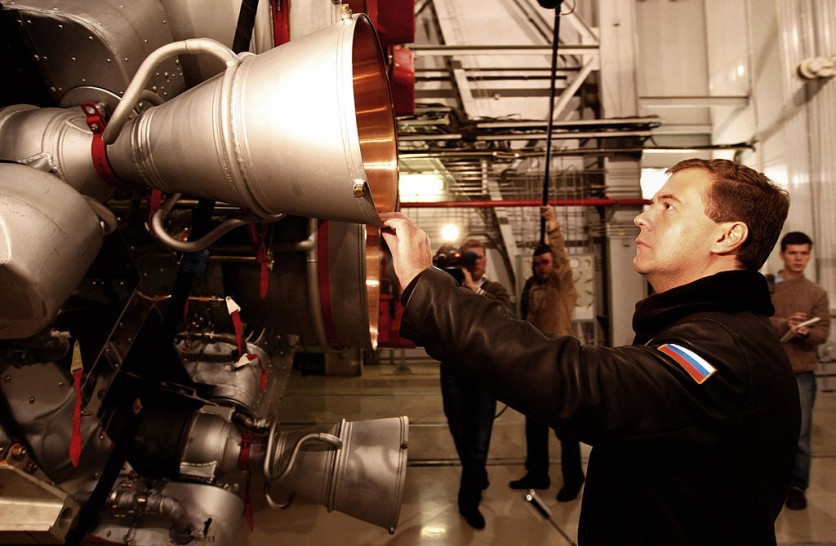Firehawk Aerospace recently performed engine tests at Stennis Space Center under the supervision of NASA, according to TechCrunch. The test is the last step before the technology readiness level that will allow Firehawk to increase its revenue.

Two years ago, the company entered the scene with a fresh take on hybrid engines through a 3D-printed fuel structure. The structured fuel grain has shown to be more stable and easy to transport compared to other fuels. Additionally, how it burns is more predictable.
Firehawk designed engines based on this concept and tested them at smaller scales. The uniqueness of the engine and throttling ability makes it a better option to use today. Additionally, printing the fuel grains will make it even more possible to create different thrust characteristics.
The engines can also be slowed down, stopped, and started multiple times safely. With the successful tests, the engine can be a replacement for solid rocket motors for lower costs and the burn can be controlled as well. This also makes Firehawk's rocket engines an excellent alternative for missions with varying requirements.
Strictly Engines
The company made it clear that they will only launch engines and they don't have plans to build satellites or vehicles. Firehawk will only provide the thrust.
With a new Series B funding, the company will be able to conduct more tests and ensure their engine production will meet the demand. In fact, there is now a long list of funders for Firehawk's engines.
With more tests coming, Firehawk will be able to create unique fuel grain geometries and improve the performance of the engines. The new funding allows the company to purchase and customize their own printers, CNC machines, and test setups for deployment in their new location in Addison, Texas.
The upcoming tests will be held in October, which will put the company closer to launch soon.
Better Rocket Engines Soon
Firehawk's engine technology also opens up more possibilities for future exploration and commercial projects. With the 3D-printed fuel structure, the engine can accommodate a wide range of control abilities. This also provides more options for the engines in the future.
Firehawk Aerospace is excited to continue its tests and they are ready to take the company to the next level. This new funding will allow the company to build rockets, engines, and fuel grain printers, which will make the company self-sufficient.
The company is also looking to expand with more advanced printers and capabilities. They are excited to continue to work with NASA and they are happy to see the new developments in the industry. More tests are coming and Firehawk is ready to take the technology to the next level.
Related Article: China's Rocket Engine Launch a Success, More Powerful Than NASA's Artemis
This article is owned by Tech Times
Written by April Fowell

![Apple Watch Series 10 [GPS 42mm]](https://d.techtimes.com/en/full/453899/apple-watch-series-10-gps-42mm.jpg?w=184&h=103&f=9fb3c2ea2db928c663d1d2eadbcb3e52)


